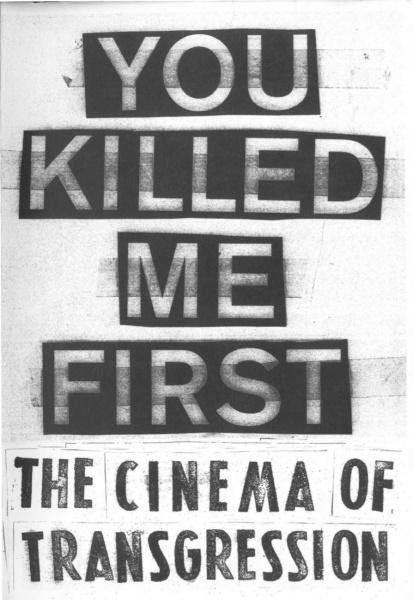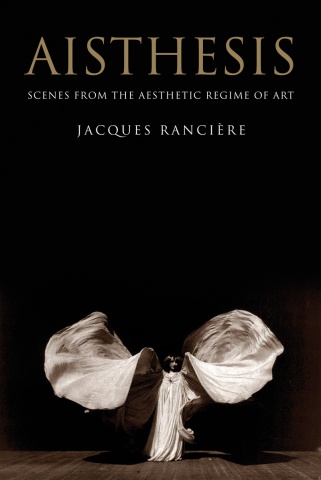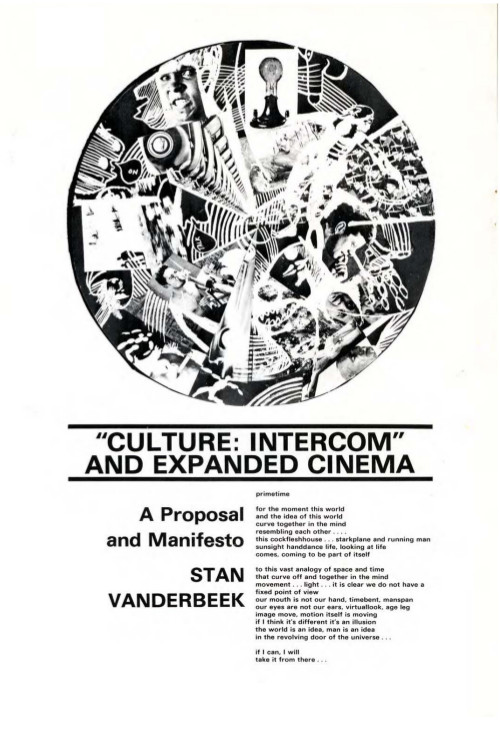You Killed Me First: The Cinema of Transgression (2012) [English/German]
Filed under catalogue | Tags: · 1980s, art, cinema, experimental film, film, horror, humour, sex, violence

“Basically, in one sentence, give us the definition of the ‘Cinema of Transgression’.” Nick Zedd: “Fuck you.”
Nightmarish scenarios of violence, dramatic states of mind, and perverse sexual abysses – the films of the Cinema of Transgression that were consciously aimed at shock, provocation, and confrontation, bear witness to an extraordinary radicality. In the 1980s a group of filmmakers from the Lower East Side in New York went on a collision course with the conventions of American society. Transcending all moral or aesthetic boundaries, the low budget films reveal social hardship met with sociopolitical indifference. Sometimes shot with stolen camera equipment, the films contain strident analyses of life in the Lower East Side defined by criminality, brutality, drugs, AIDS, sex, and excess. The catalogue is published on the occasion of the worldwide first exhibition on the Cinema of Transgression, You Killed Me First at KW Institute of Contemporary Art in Berlin.
The catalogue includes contributions by Sylvère Lotringer, Carlo McCormick, Jonas Mekas, Susanne Pfeffer, Jack Sargeant, Nick Zedd and collages by Leonard Neumann LSD.
Edited by Susanne Pfeffer
Publisher KW Institute of Contemporary Art, Berlin, and Walther Koenig, Cologne, 2012
ISBN 3863351576
176 pages
Video from exhibition (3 min)
PDF (110 MB, no OCR, updated on 2016-12-23)
Comment (0)Jacques Rancière: Aisthesis: Scenes from the Aesthetic Regime of Art (2011/2013)
Filed under book | Tags: · aesthetics, art, art history, art theory, body, cinema, dance, film, life, literature, music, painting, pantomime, philosophy, photography, poetry, politics, representation, sculpture, theatre, theory

Rancière’s magnum opus on the aesthetic.
“Composed in a series of scenes, Aisthesis–Rancière’s definitive statement on the aesthetic–takes its reader from Dresden in 1764 to New York in 1941. Along the way, we view the Belvedere Torso with Winckelmann, accompany Hegel to the museum and Mallarmé to the Folies-Bergère, attend a lecture by Emerson, visit exhibitions in Paris and New York, factories in Berlin, and film sets in Moscow and Hollywood. Rancière uses these sites and events—some famous, others forgotten—to ask what becomes art and what comes of it. He shows how a regime of artistic perception and interpretation was constituted and transformed by erasing the specificities of the different arts, as well as the borders that separated them from ordinary experience. This incisive study provides a history of artistic modernity far removed from the conventional postures of modernism.”
First published as Aisthesis : Scènes du régime esthétique de l’art, Éditions Galilée, 2011
Translated by Zakir Paul
Publisher Verso Books, 2013
ISBN 1781680892, 9781781680896
304 pages
via falsedeity
Reviews: Hal Foster (London Review of Books), Joseph Tanke (Los Angeles Review of Books), Marc Farrant (The New Inquiry), Ali Alizadeh (Sydney Review of Books), Jean-Philippe Deranty (Parrhesia).
Roundtable discussion with Rancière at Columbia (video, 43 min)
Selected interviews and reviews (in French)
Stan VanDerBeek: “Culture: Intercom” and Expanded Cinema: A Proposal and Manifesto (1966)
Filed under essay | Tags: · art, cinema, expanded cinema, image

“It is imperative that we (the world’s artists) invent a new world language … that we invent a non-verbal international picture-language … I propose the following:
That immediate research begin on the possibility of an international picture-language using fundamentally motion pictures.
That we research immediately existing audio-visual devices, to combine these devices into an educational tool, that I shall call an ‘experience machine’ or a ‘culture-intercom’ …
The establishment of audio-visual research centers … preferably on an international scale … These centers to explore the existing audio-visual hardware.
The development of new image-making devices … (the storage and transfer of image materials, motion pictures, television, computers, video-tape, etc. …) In short, a complete examination of all audio-visual devices and procedures, with the idea in mind to find the best combination of such machines for non-verbal inter-change.
The training of artists on an international basis in the use of these image tools.
The immediate development of prototype theatres, hereafter called ‘Movie-Dromes’ that incorporate the use of such projection hardware. The immediate research and development of image-events and performances in the ‘Movie-Drome’. … I shall call these prototype presentations: ‘Movie-Murals’, ‘Ethos-Cinema’, ‘Newsreel of Dreams’, ‘Feedback’, ‘Image libraries’ … [..] When I talk of the movie-dromes as image libraries, it is understood that such ‘life-theatres’ would use some of the coming techniques (video tape and computer inter-play) and thus be real communication and storage centers, that is, by satellite, each dome could receive its images from a world wide library source, store them and program a feedback presentation to the local community that lived near the center, this newsreel feedback, could authentically review the total world image ‘reality’ in an hour long show that gave each member of the audience a sense of the entire world picture …
‘Intra-communitronics’, or dialogues with other centers would be likely, and instant reference material via transmission television and telephone could be called for and received at 186,000 m.p.s. … from anywhere in the world. Thus I call this presentation, a ‘newsreel of ideas, of dreams, a movie-mural’. An image library, a culture de-compression chamber, a culture inter-com.” (from the manifesto)
Published in Film Culture 40 (Spring 1966), pp 15–18; Motive, November 1966, pp 13–23; and The Tulane Drama Review 11:1 (Autumn 1966), pp 38–48.
via StanVanderbeek.com
PDF (all three versions in a single PDF)
Comment (0)
